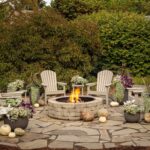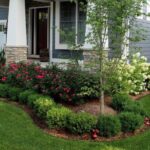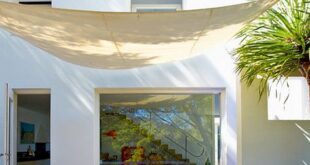Landscaping design is an essential aspect of creating a beautiful and functional outdoor space. It involves planning, organizing, and arranging elements in a way that enhances the natural beauty of a property. From choosing the right plants and materials to creating a layout that flows seamlessly, landscaping design plays a crucial role in transforming a boring yard into a stunning outdoor oasis.
One of the key components of landscaping design is selecting the right plants. The type of plants you choose will depend on factors such as the climate, soil type, and sunlight exposure of your property. It’s important to consider the maintenance requirements of each plant, as well as how they will interact with each other in terms of growth and aesthetic appeal. By carefully selecting a variety of plants, you can create a diverse and visually appealing landscape that thrives year-round.
In addition to plants, hardscaping elements such as pathways, patios, and retaining walls also play a significant role in landscaping design. These features help define different areas of the outdoor space and provide functionality and structure. When designing hardscaping elements, it’s important to consider factors such as the size and shape of the space, as well as how these elements will complement the overall design aesthetic of the landscape.
Another important aspect of landscaping design is creating a cohesive and balanced layout. This involves considering elements such as scale, proportion, and symmetry to ensure that the different components of the landscape work together harmoniously. By carefully planning out the placement of plants, hardscaping elements, and other features, you can create a cohesive and visually appealing outdoor space that feels welcoming and inviting.
When designing a landscape, it’s also important to consider factors such as water drainage, irrigation, and sustainability. Proper drainage is essential to prevent water pooling and erosion, while an efficient irrigation system will ensure that your plants receive the water they need to thrive. Additionally, incorporating sustainable practices such as using native plants and materials can help reduce water consumption and create a more environmentally-friendly landscape design.
Overall, landscaping design is a creative and rewarding process that can transform an ordinary outdoor space into a stunning and functional retreat. By carefully considering factors such as plant selection, hardscaping elements, layout, and sustainability, you can create a landscape that enhances the beauty of your property while also providing a practical and enjoyable outdoor living space for years to come. With the right planning and attention to detail, your landscaping design can turn your yard into a true oasis.
















